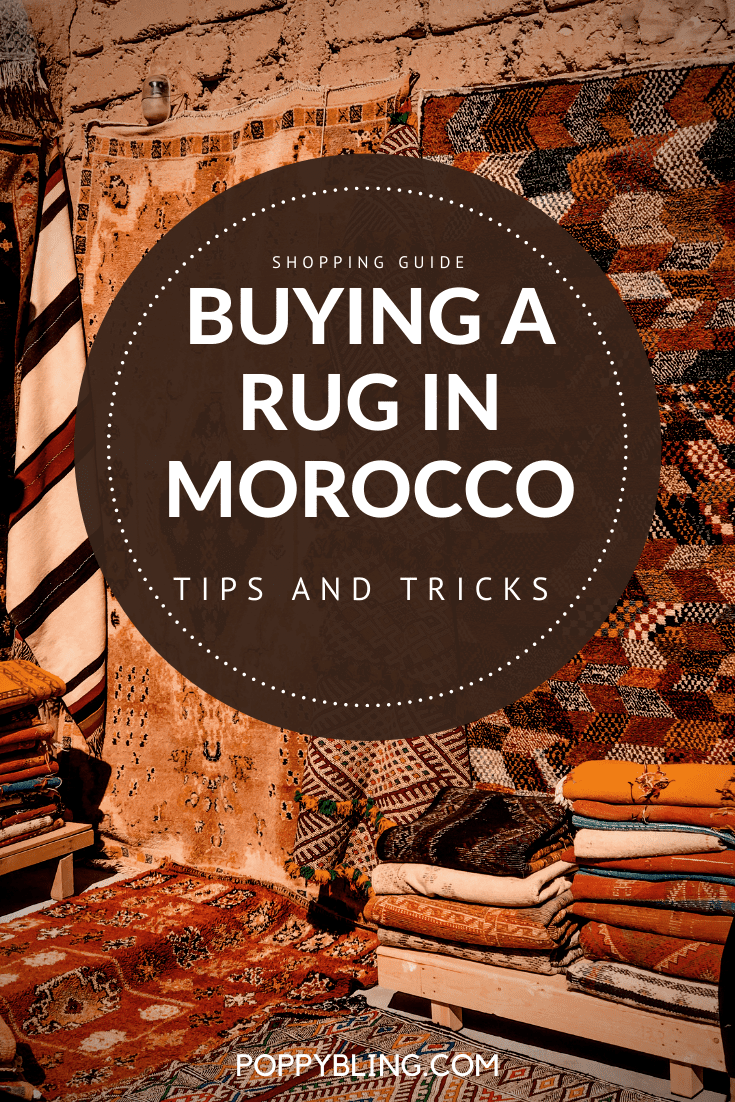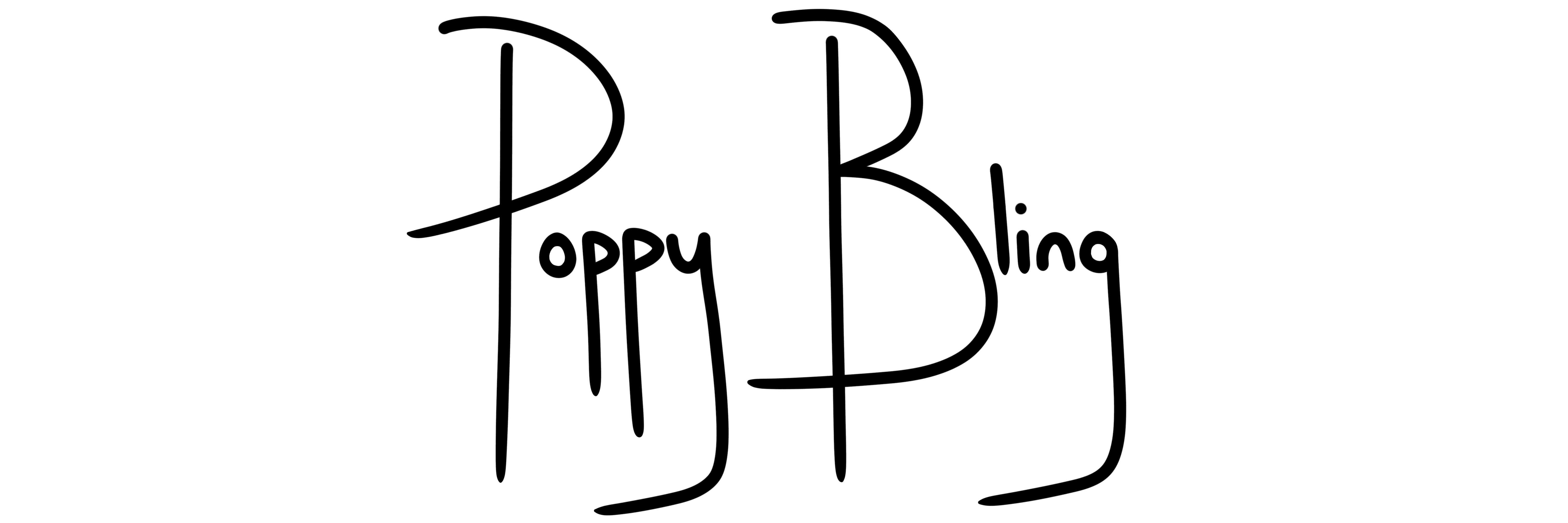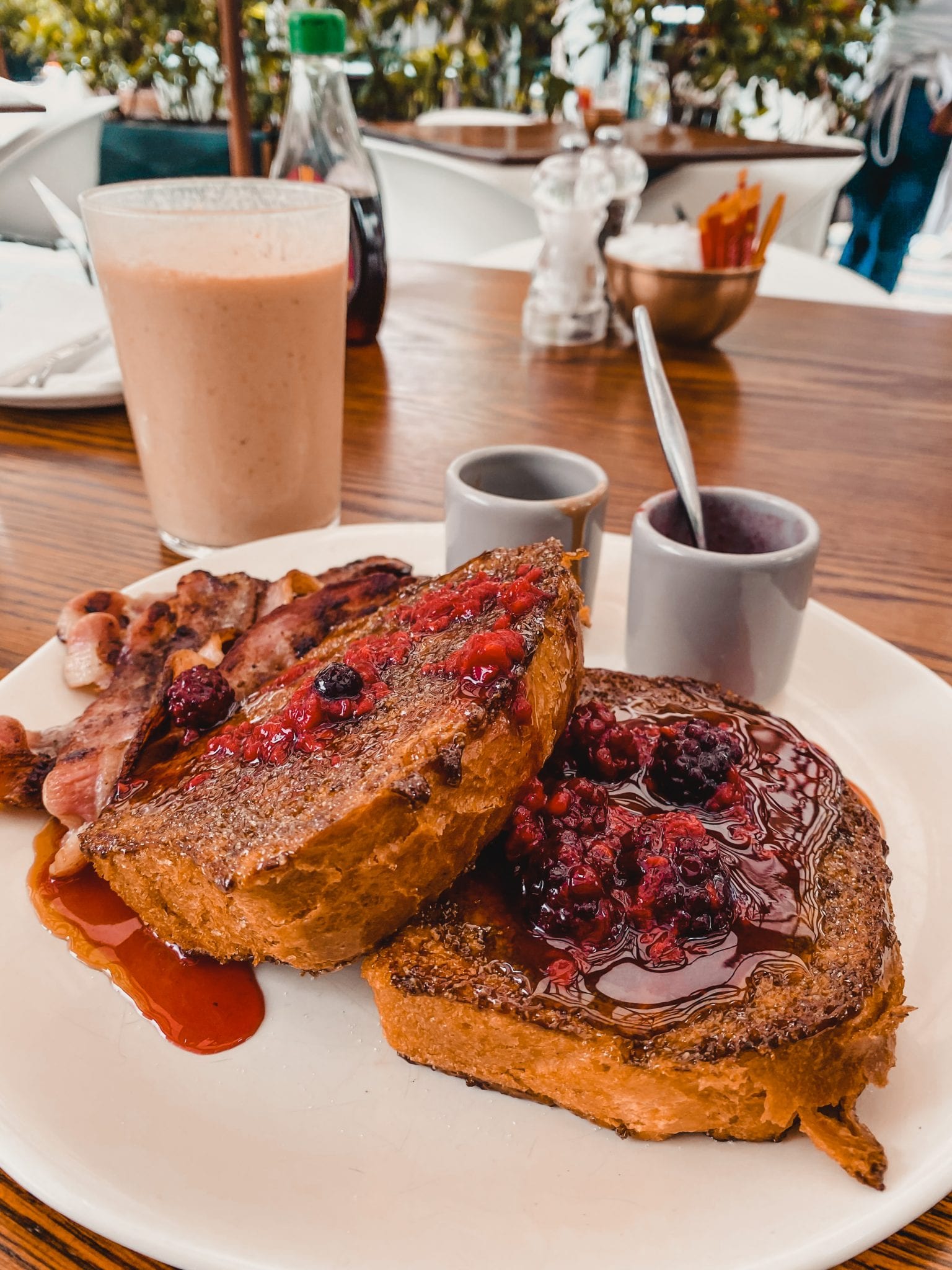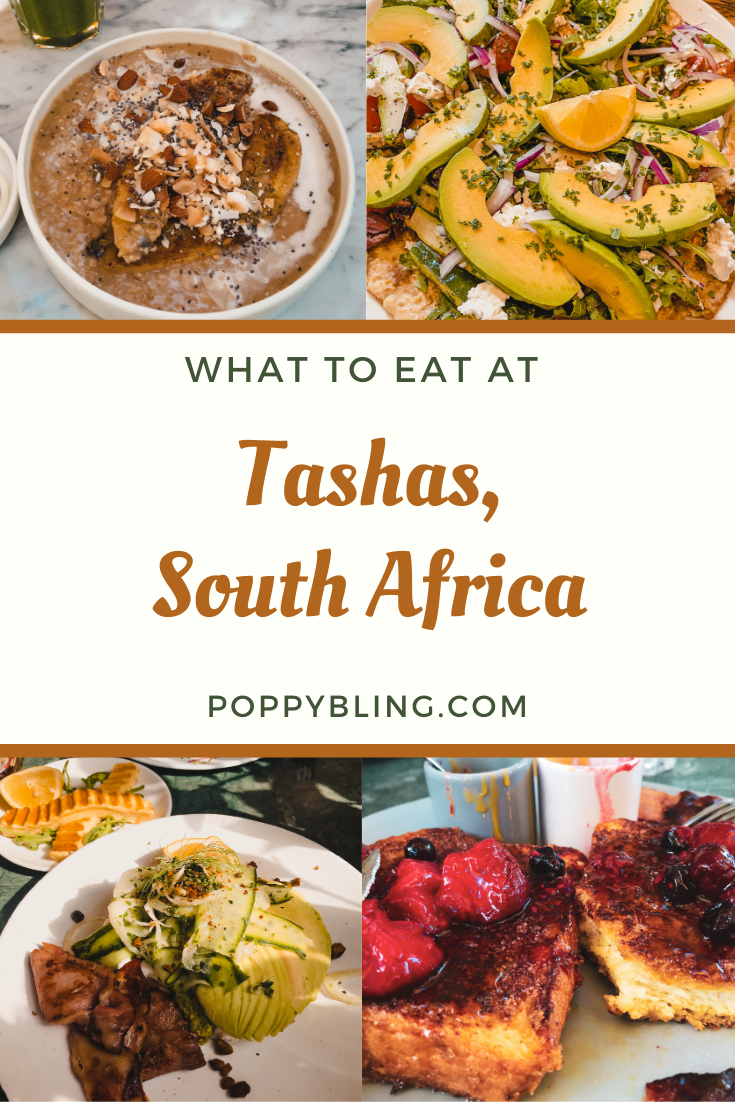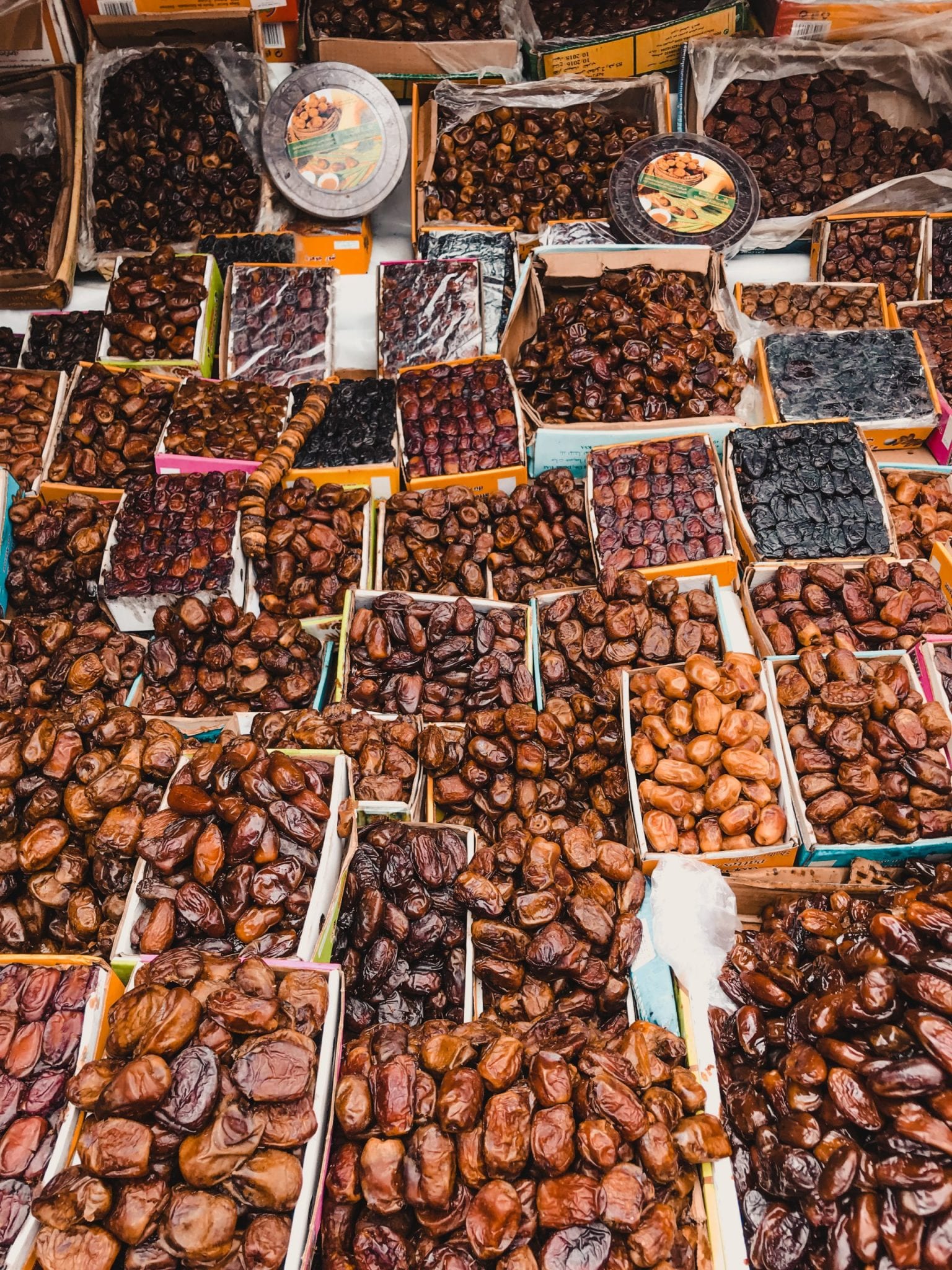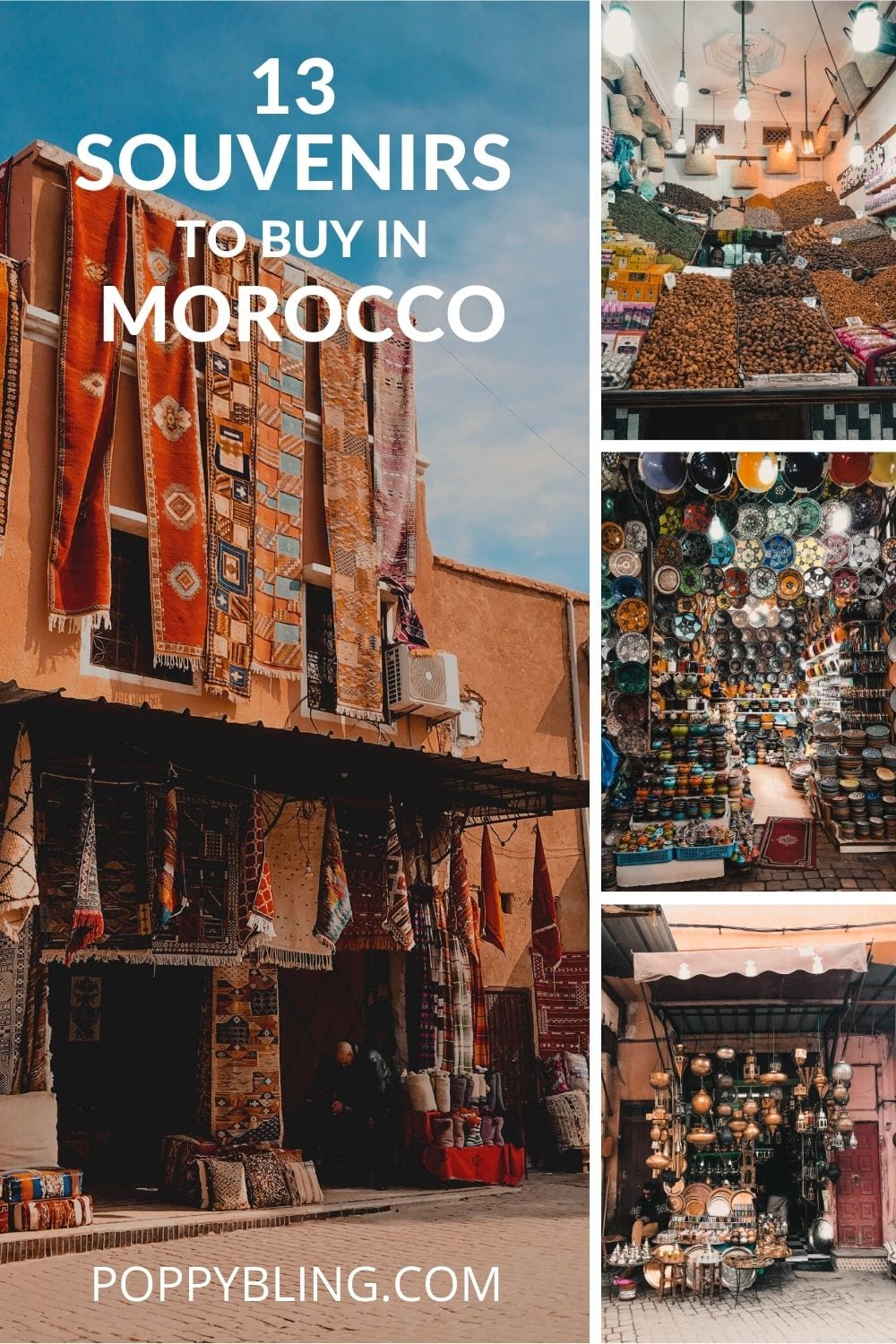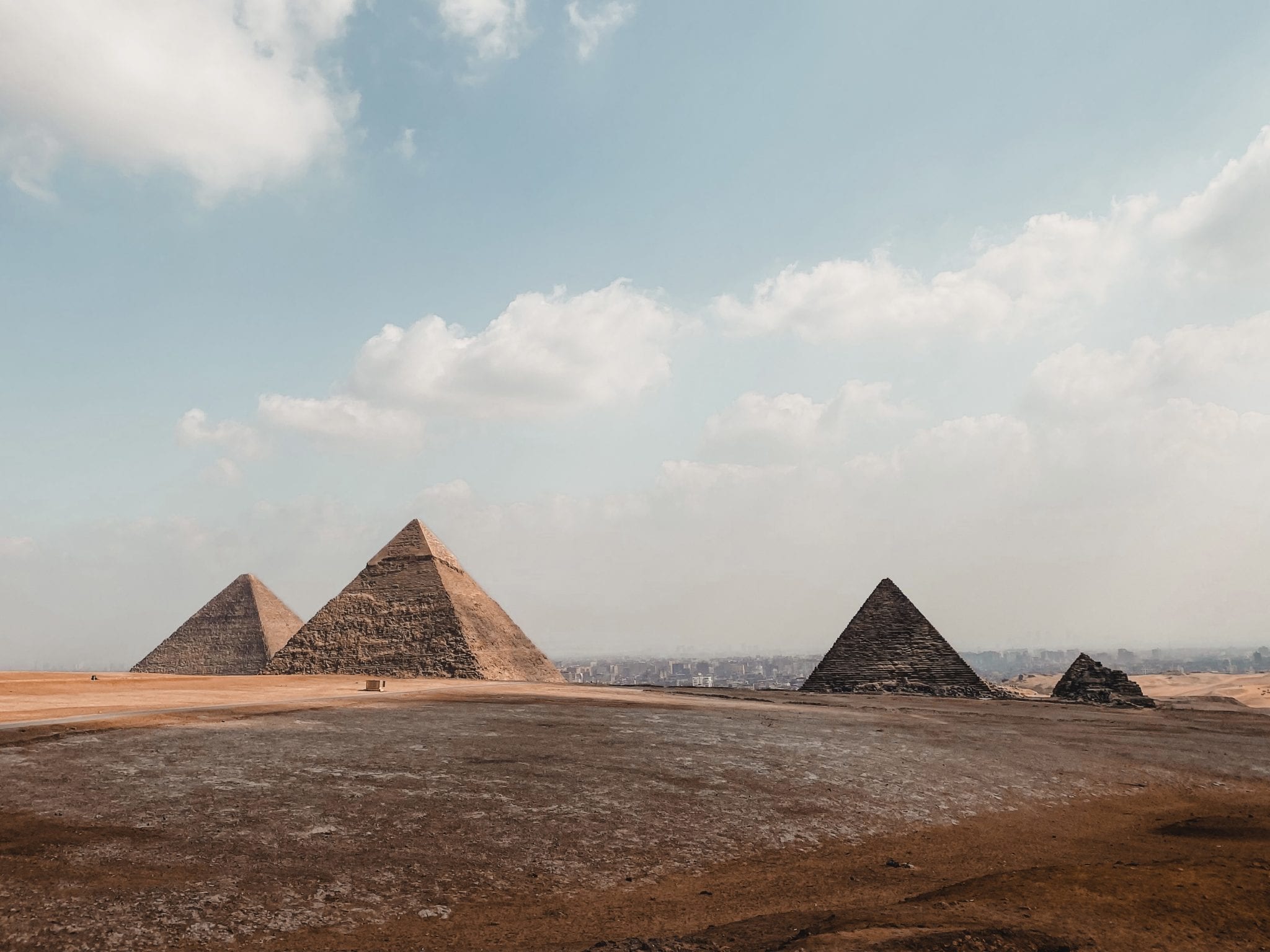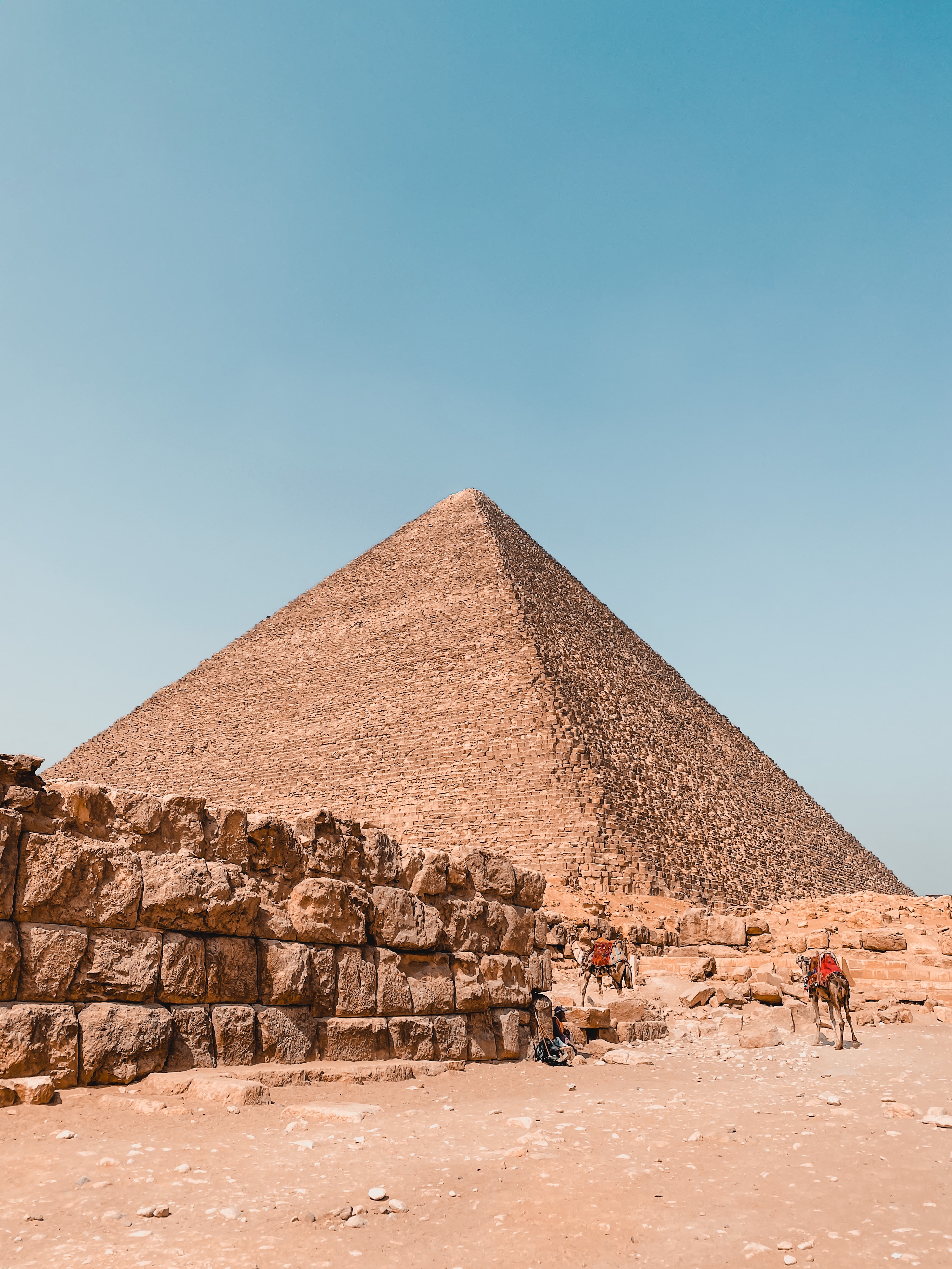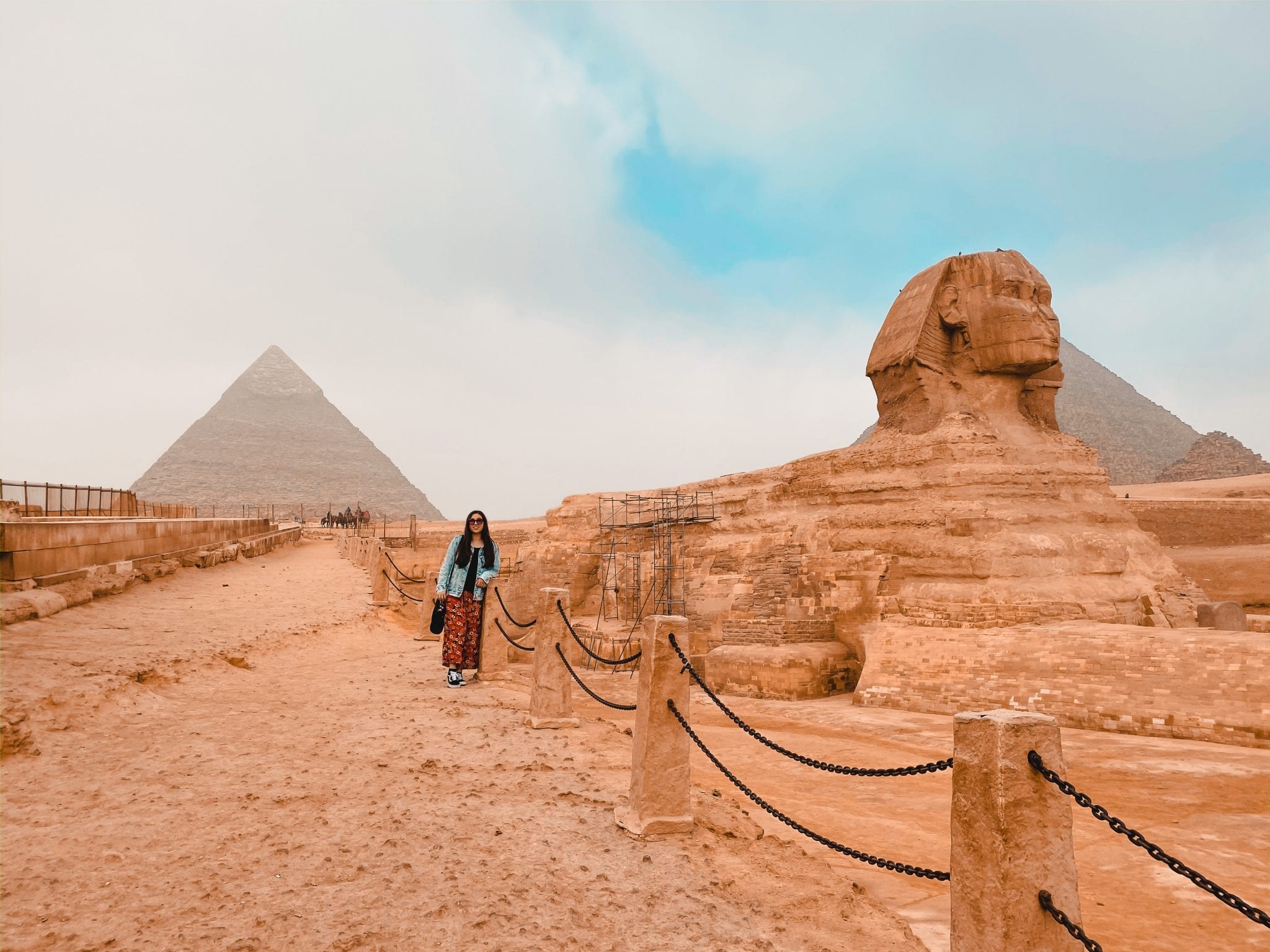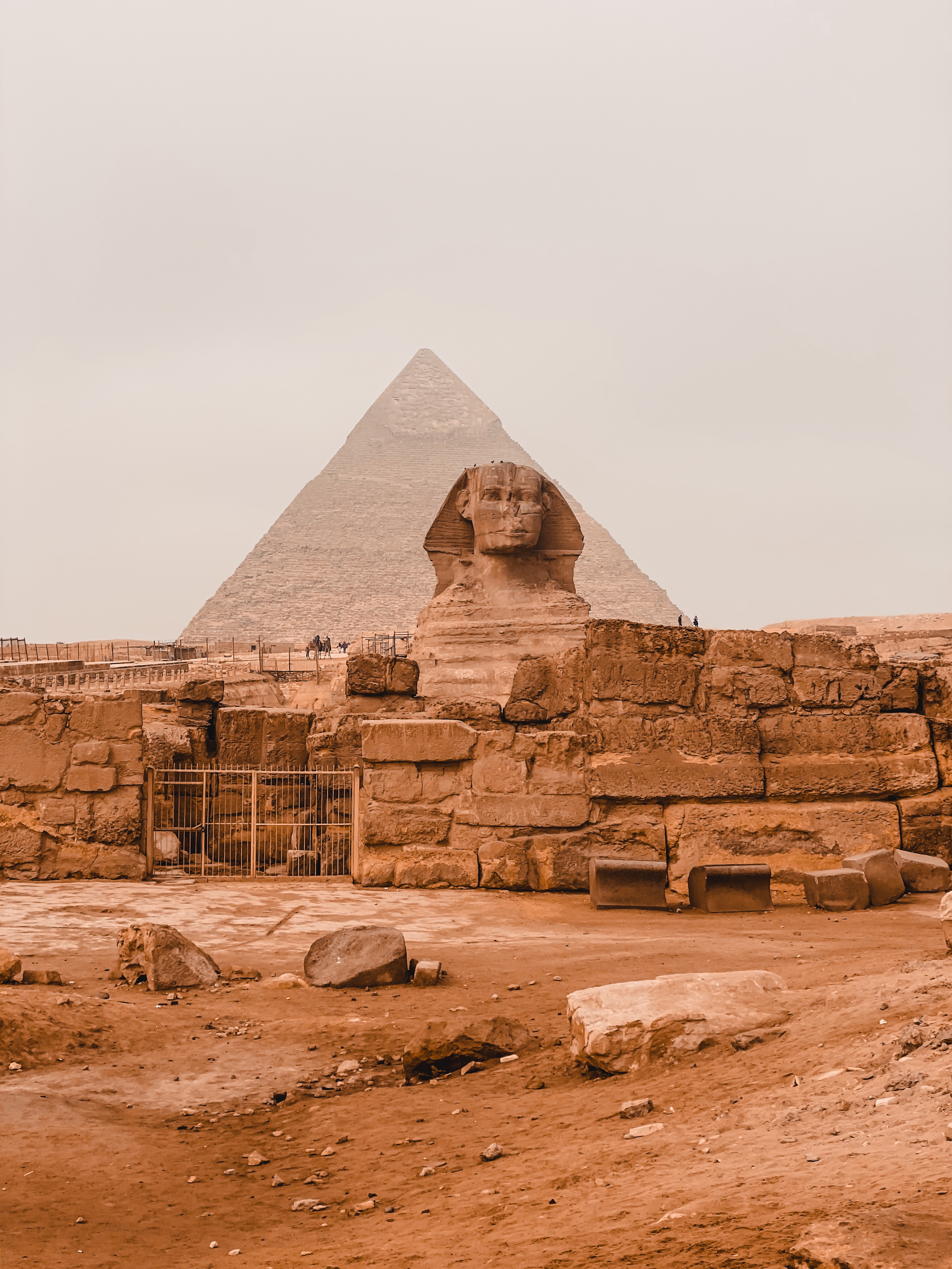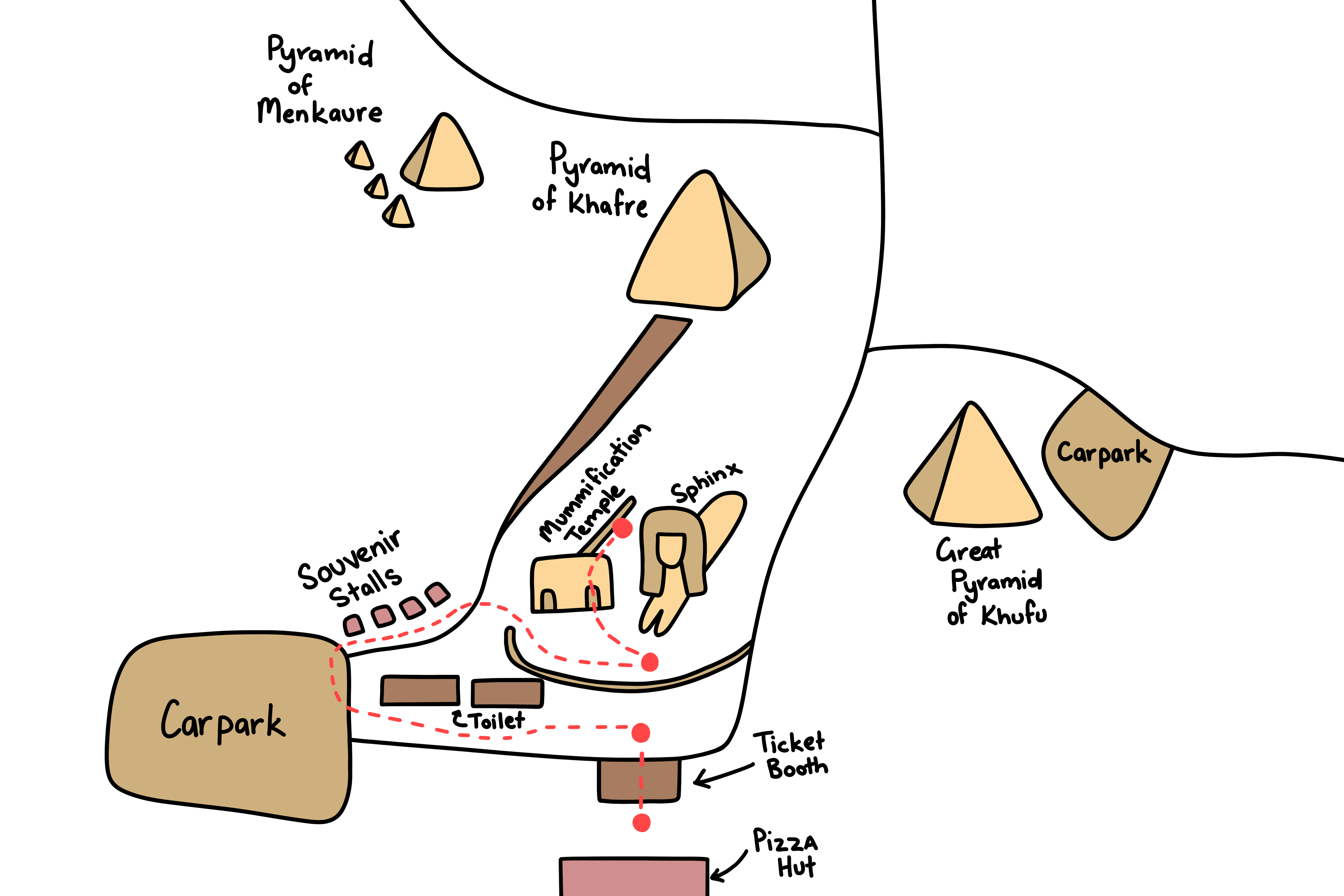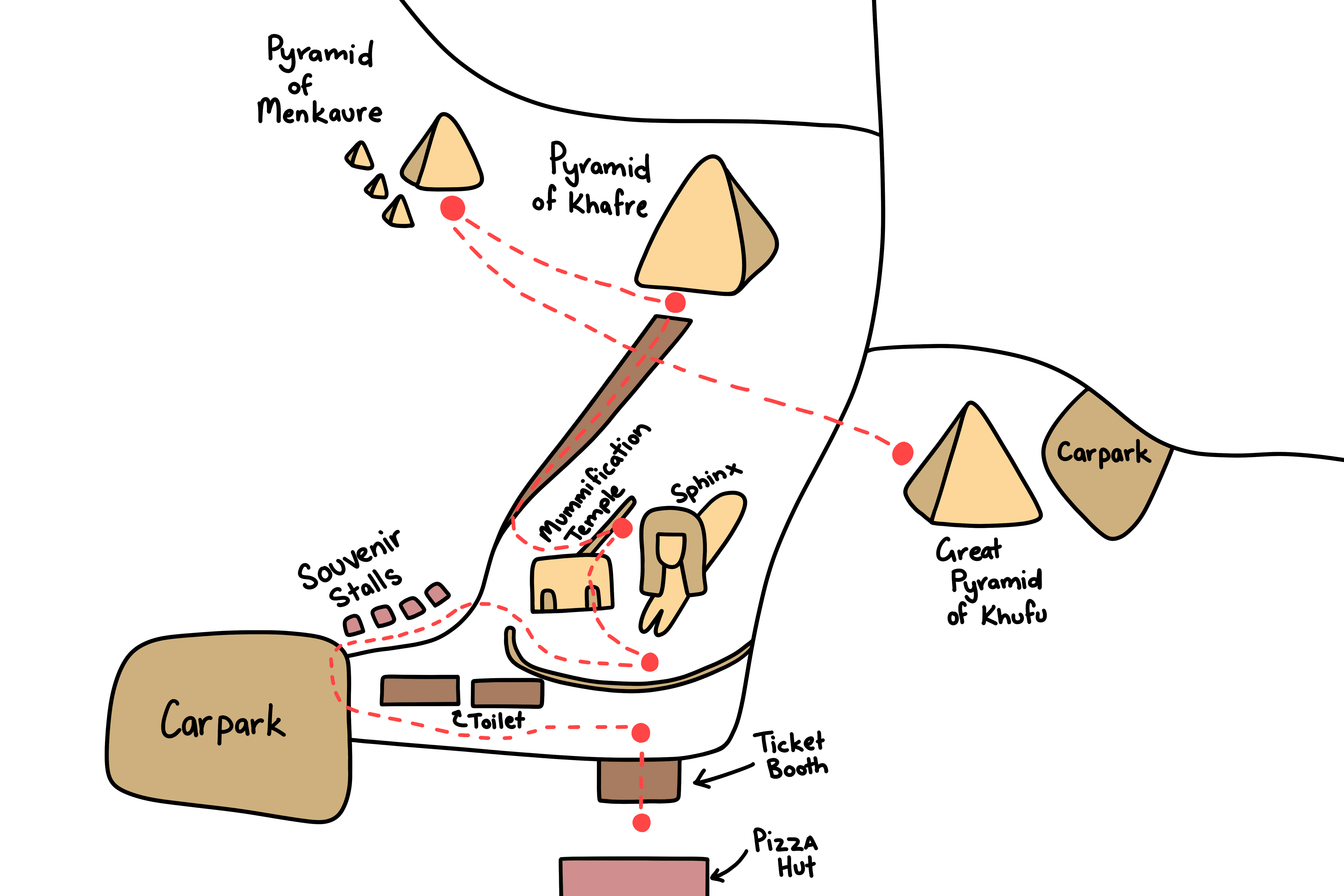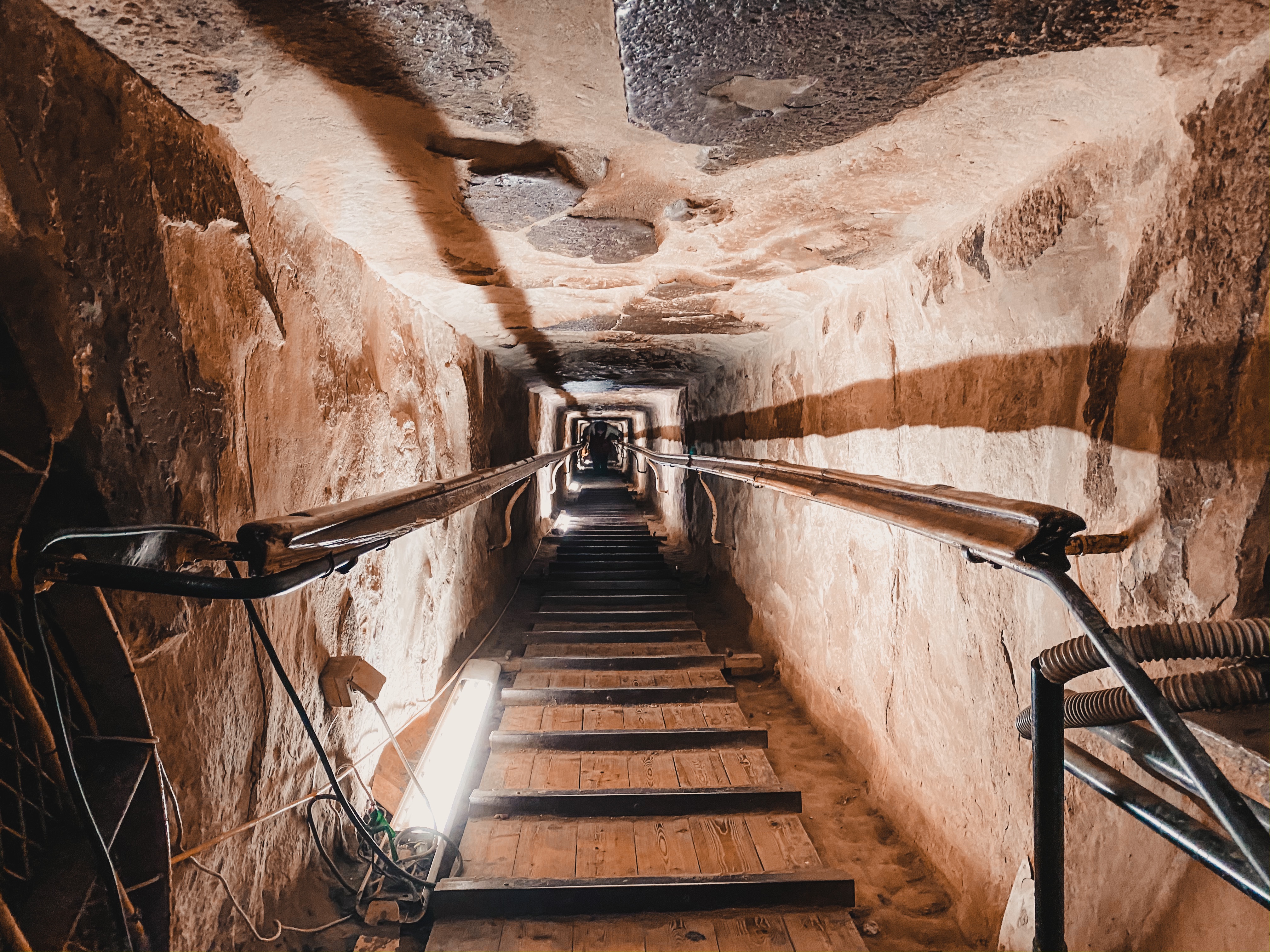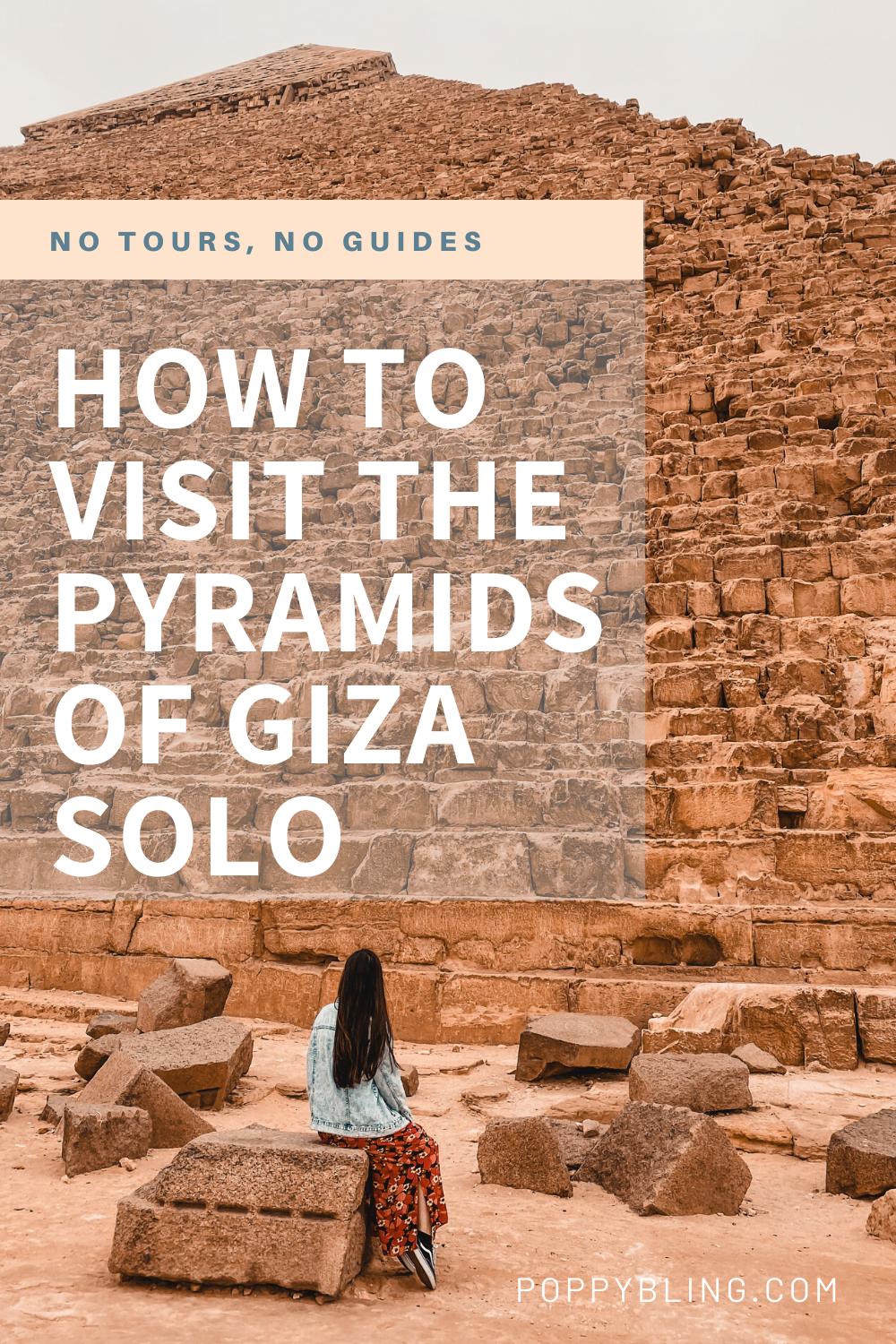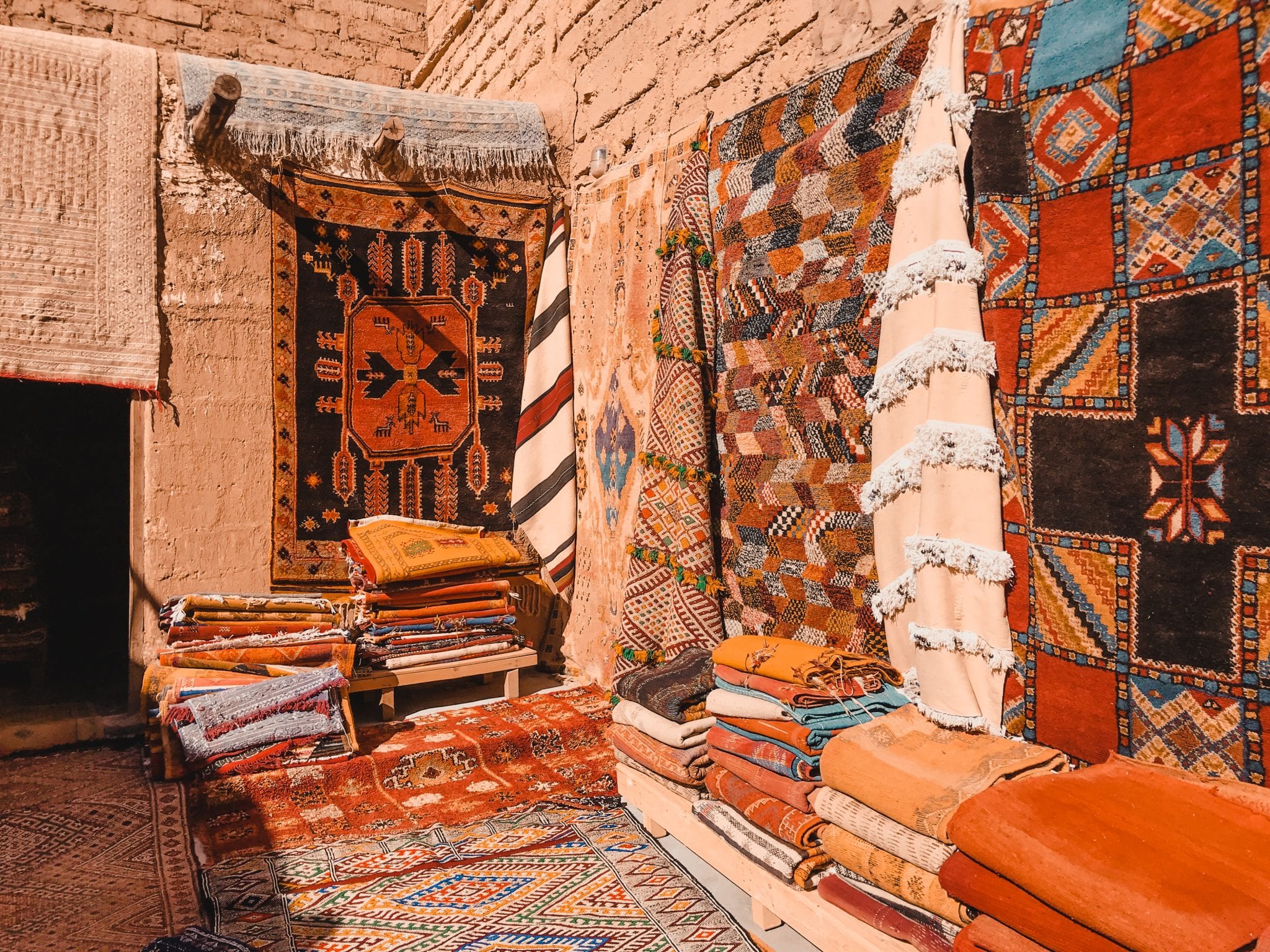
Everybody has heard a thing or two about Moroccan rugs, but until you visit Morocco you won’t fully understand how important rugs are to the local culture. Rugs are not just for home decor in Morocco, they are an integral part of any household. Every single house in Morocco has at least one rug, and they are used for everything – carpets, couches, beds and outdoor seating. If you’re thinking about buying a rug when you visit Morocco, keep reading to find out some tips and tricks for your buying experience.
The history of rugs in Morocco
Rugs are deeply engrained in Moroccan culture, and have historically been woven by the women of Berber tribes. Traditionally, rugs were used to protect people from the harsh elements of the snowy Atlas mountains and the arid Sahara desert. Weavers used tribal symbols and motifs to create both simple and intricate wool rugs, full of charm and practicality. Nowadays, Moroccan women still make authentic rugs by hand, which can take months of work depending on the size and complexity. Most of Morocco’s rugs are still made in rural Berber (indigenous) communities and brought to the big cities to be sold.
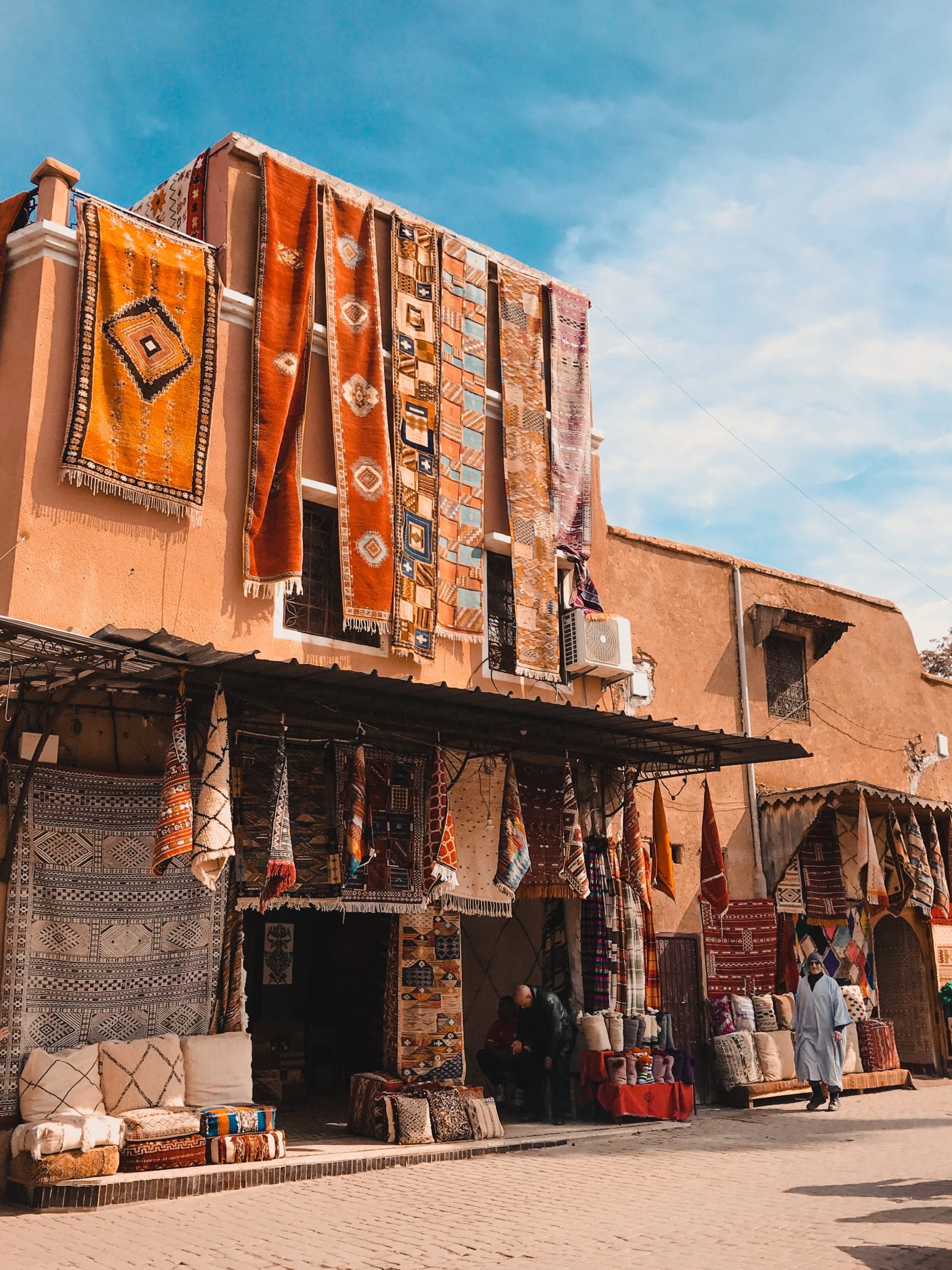
Where you can buy rugs in Morocco
No matter where you go in Morocco, you’ll be able to find shops selling rugs – even in tiny rural towns, there will be rugs on display ready for tourists to buy. There are hundreds of rug stores in every major city, so you’ll be spoilt for choice when it comes to where to shop. As you wander the souks, expect most rug stores to have small shopfronts with a few rugs hanging out the front. You won’t know how big the store really is until you go inside. More often than not, the tiny entrance opens up to a grand room, with hundreds of rugs piled up around the edges of a large tiled floor.

Be careful of rug shops (especially any you visit with a tour group) that tell you they’re part of a womens cooperative, and paint a picture that buying from their shop will help local women earn a decent living. In most cases, this isn’t true. The women who make rugs usually earn a low fixed price for their work (regardless of how much you pay) and the shop owner pockets the rest, so don’t fall for this story and pay extra because you think you’ll be supporting those in need.
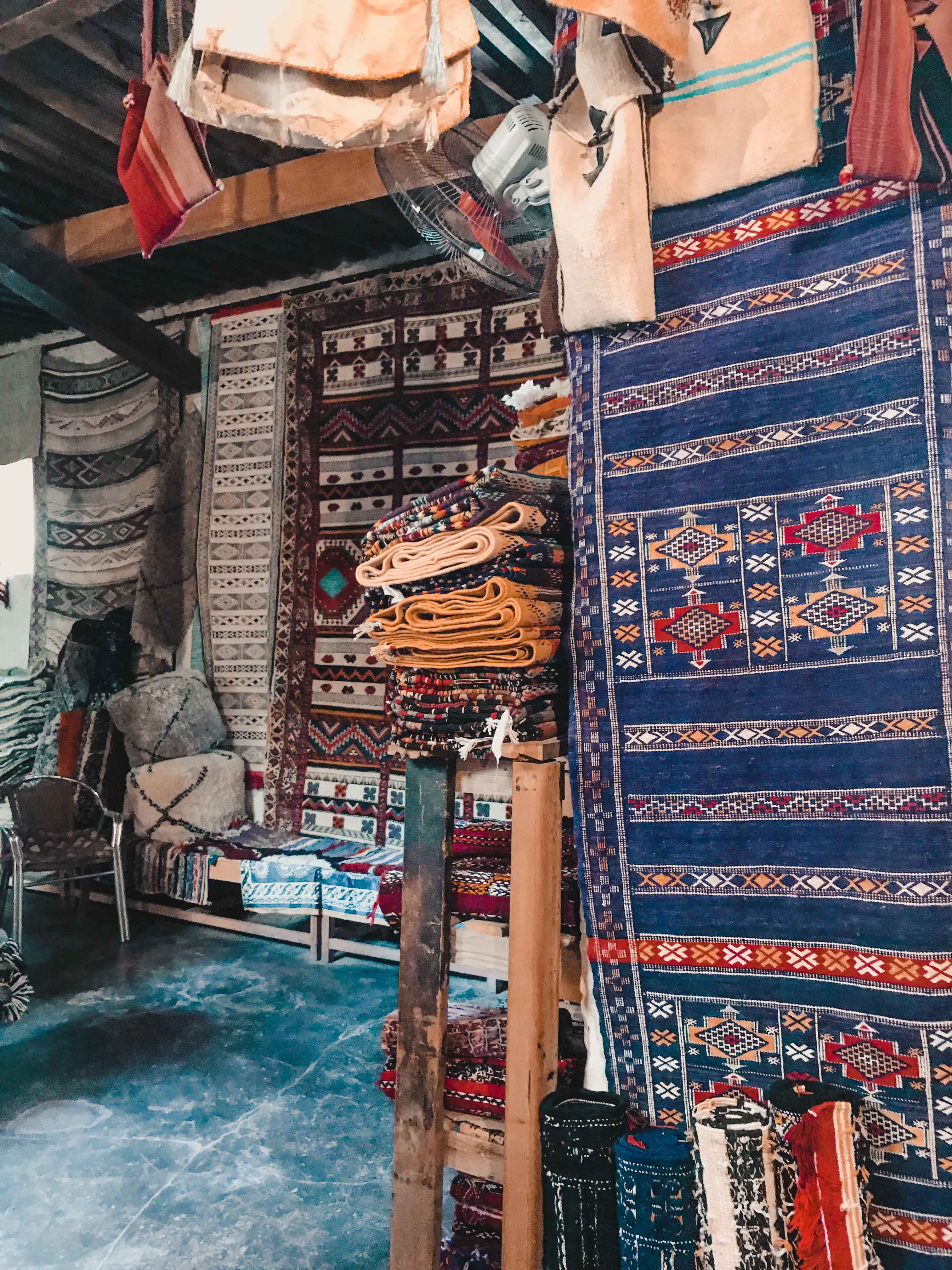
What to expect when you walk into a rug shop
The expectation is that you’ll go into a rug shop with a rough idea of what you’re after, and the staff will go through their stock and lay out rugs matching your ideas. Having a clear idea of what size, style and colours you’re after will really help the process, and give the staff a good starting point.
You’ll end up with dozens of rugs laid out on the floor, as the staff try to show you things they think you’ll like. Don’t feel bad for asking them to lay more and more rugs out – it’s their job, and you want to make sure you find something you really like. If you’re not into what’s being laid out, speak up or forever hold your peace. If you say nothing, they’ll keep laying out the same type of rugs, so communicate what you do or don’t like so they can narrow down the search. When you find some rugs that take your fancy, get them put to the side.

Should you say yes to the tea?
While you’re browsing, the staff will more often than not offer you some mint tea – this offering is part and parcel of Moroccan culture. Accepting the tea doesn’t lock you into buying anything, so drink your tea and enjoy it.

What you should look for when browsing Moroccan rugs
When you’re browsing rugs, look for ones with a tight weave, and feel the surface to make sure you like the texture. Get the staff to flip the rug over so you can examine the underside, to check for any holes or issues. Authentic moroccan rugs are made from wool fibres, but there are dupes floating around even in shops that look reputable. If you suspect something is synthetic, try the old fire test – hold a lighter to a corner, and if it burns or has an unpleasant smell, it’s likely made from synthetic fibres.
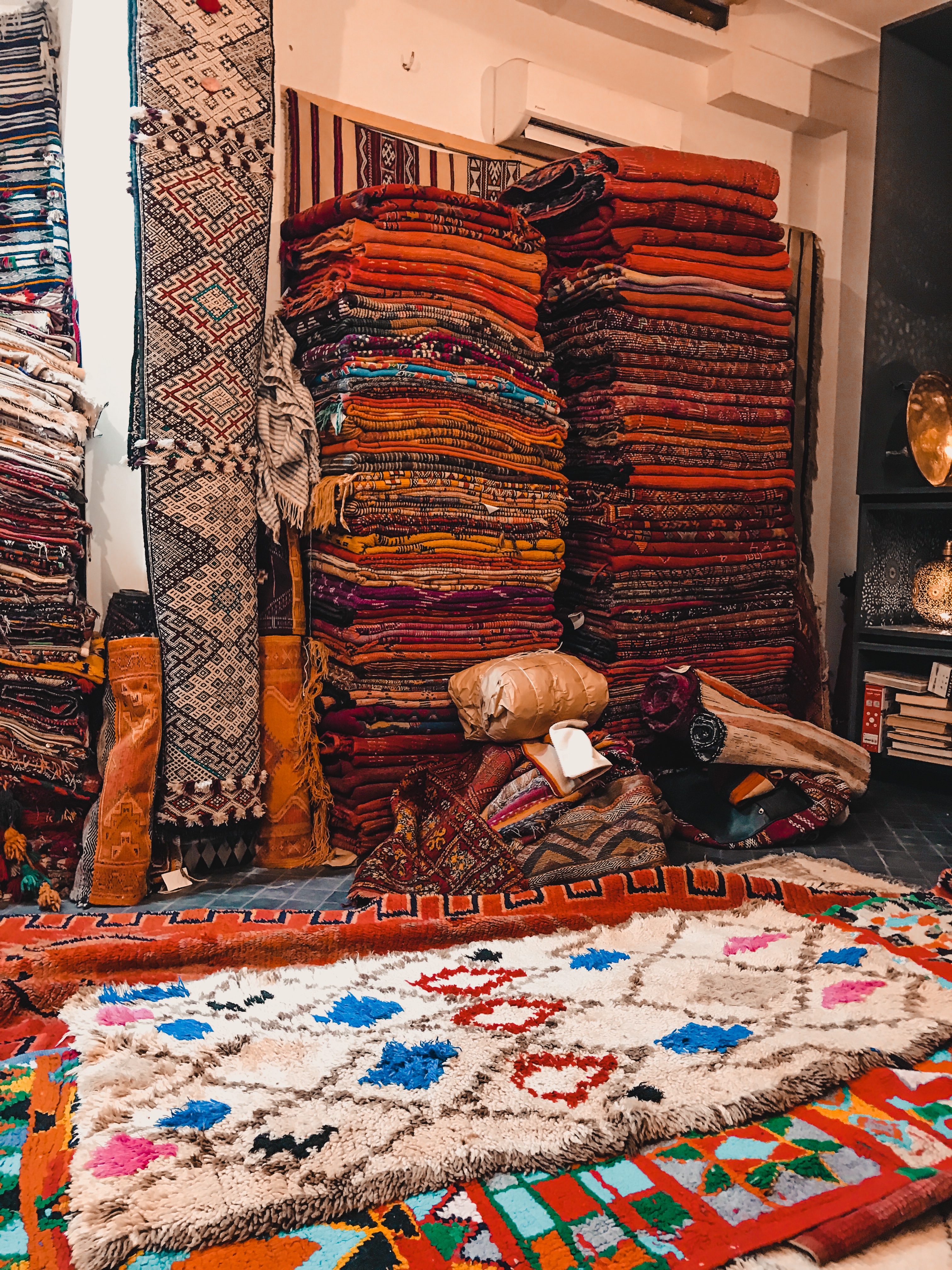
It’s important to remember that handmade rugs will have colour variations and slight imperfections – that’s part of the charm of a handcrafted item. Perfectionists beware – this might cause you a bit of a headache. If you find a piece that you absolutely love but you find a hole or some small damage, ask the staff if there’s any chance of getting it repaired – minor issues can often be fixed in the weave of a rug. They can do a lot with altering rugs to suit your needs – I’ve even had offers to cut and re-finish large rugs into a smaller sizes because I said I’d buy the rugs if they weren’t so big!

Okay, you’ve narrowed down your options – now what?
Once you’ve gone through all the rugs and narrowed it down a few that you like, get the staff to move away all the rejects and lay the finalists out side by side to pick the winners. You can ask if it’s okay to take photos of the rugs, although many stores will say no because their stock is unique and they don’t want to risk the designs being copied by other craftsmen.
Hopefully, you’ll know when you find the rug (or rugs) you’re after – you’ll get that feeling in your heart that it’s a piece you just have to have! If none of the rugs tug on your heart strings, thank the staff and head to another shop. It can be easy to be pressured into buying since they’ve gone to the trouble of laying out so many options. But at the end of the day, buying a rug is a significant and personal purchase, so if it doesn’t feel right put your foot down and walk away. Don’t let the shop owner bully you into buying something you don’t truly want!

When you’re ready to buy your Moroccan rug
When you’re ready to buy, it’s time to start bargaining. Only engage in the bargaining process if you’re serious about buying, and go in hard. Don’t let on that you’ve made up your mind on a specific rug – if the staff catch on, they’ll know they can charge more because you’ve fallen in love with that particular piece. Walk away if you’re having trouble bringing the price down – they will likely come back with a more reasonable offer if they’re about to lose your business. If you’re asking for a price out of pure curiosity, take the quoted price and halve it as a general rule to determine the final price you’d except to pay. Once you really start the bargaining process, it’s rude to back out (not to mention a waste of time for both parties involved – and you could already be at the next shop browsing their stock).
When you’ve agreed on a final price, the staff will pack the rug up for you. They are notoriously good at packing large rugs into a size small enough to take as carry on luggage (they love to use this line to convince you to buy!). Don’t forget to take a picture of your rugs before they pack them – once they’re all bundled up, it’d be unwise to unpack them until you get back home.
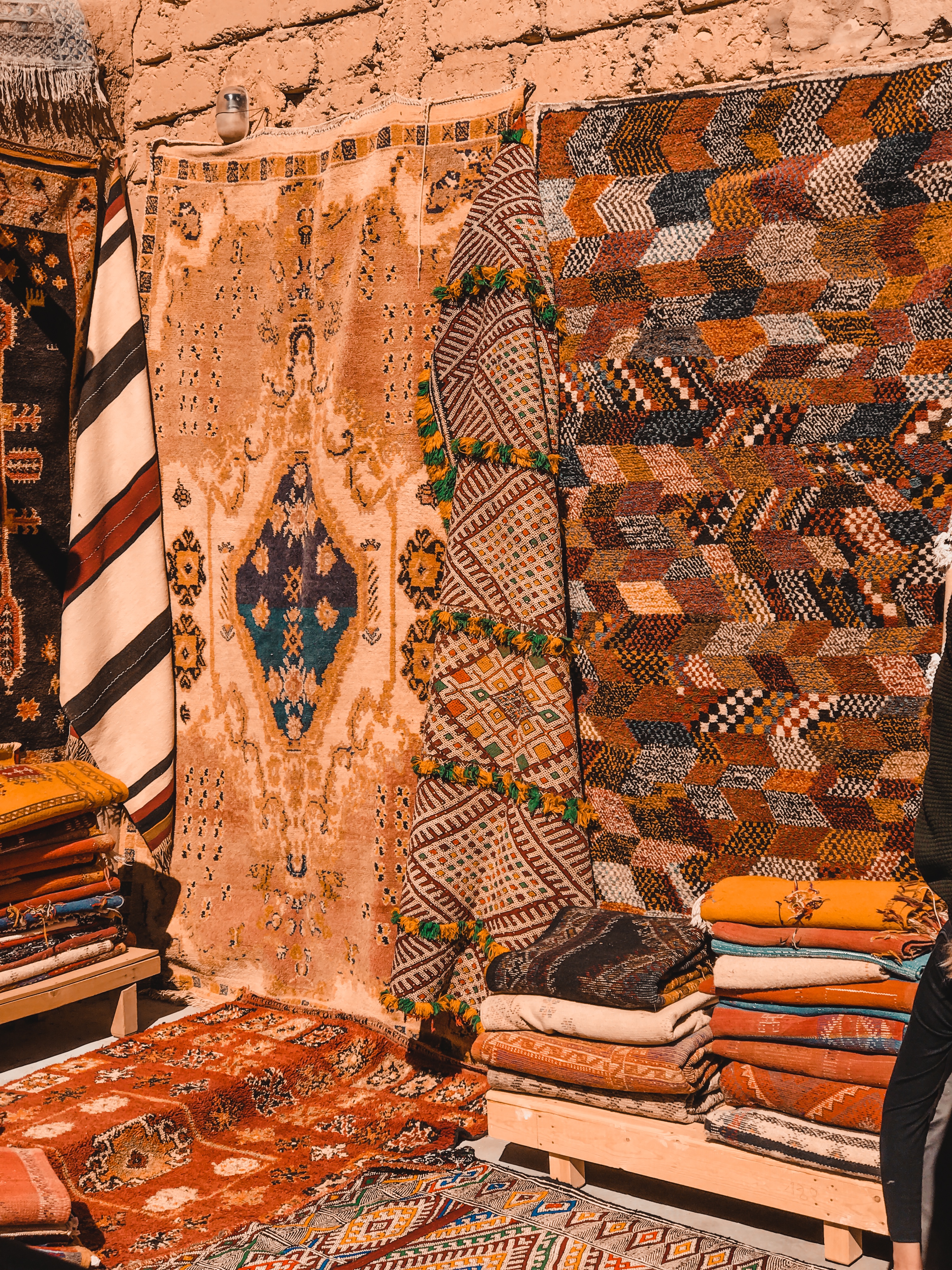
How you should pay
While the majority of shops will accept credit cards, they prefer cash and will happily wait for you to go to an ATM once you’ve settled on a price. There’s usually a large surcharge on card purchases so cash is the way to go to save a bit of money. Most places will be able to ship any purchases back home for a fee, which is worth considering if you’re short on luggage space.

And that’s it! Hopefully these tips will help you to find the perfect Moroccan rug for your home, and you’ll know what to expect throughout the buying process. Happy shopping!
Poppy xoxo
If you love buying authentic souvenirs, check out these other awesome things to purchase when you’re in Morocco.
